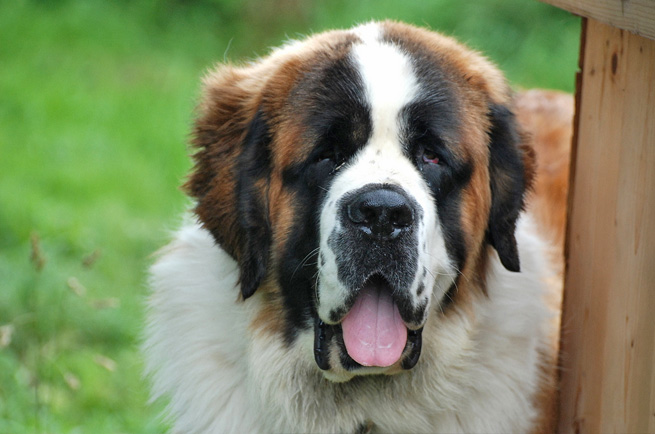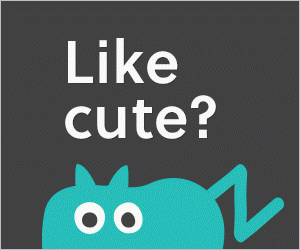Saint Bernard
St Bernards stand out like a sore thumb because of their hefty size. They stand tall and proud with a massive frame. They are strong, fit-looking dogs with a dense coat that is more profuse around the neck and legs. Cross breeding means that the Saint Bernard we know and love today looks very different from the original breed. These gentle giants make a patient and calm canine companion but their size does need to be given some consideration.
Solid white with red markings; solid red with white markings or brindle patches with white.
8-10 years
St Bernard puppies need the correct food when little to ensure correct growth and development of bones as they grow. Seek advice from the breeder as diet can really affect this breed's orthopedic wellness. Over-supplementation, along with feeding poor quality food can lead to growth complications. Its size makes it one of the more expensive breeds to feed.
comments powered by Disqus



